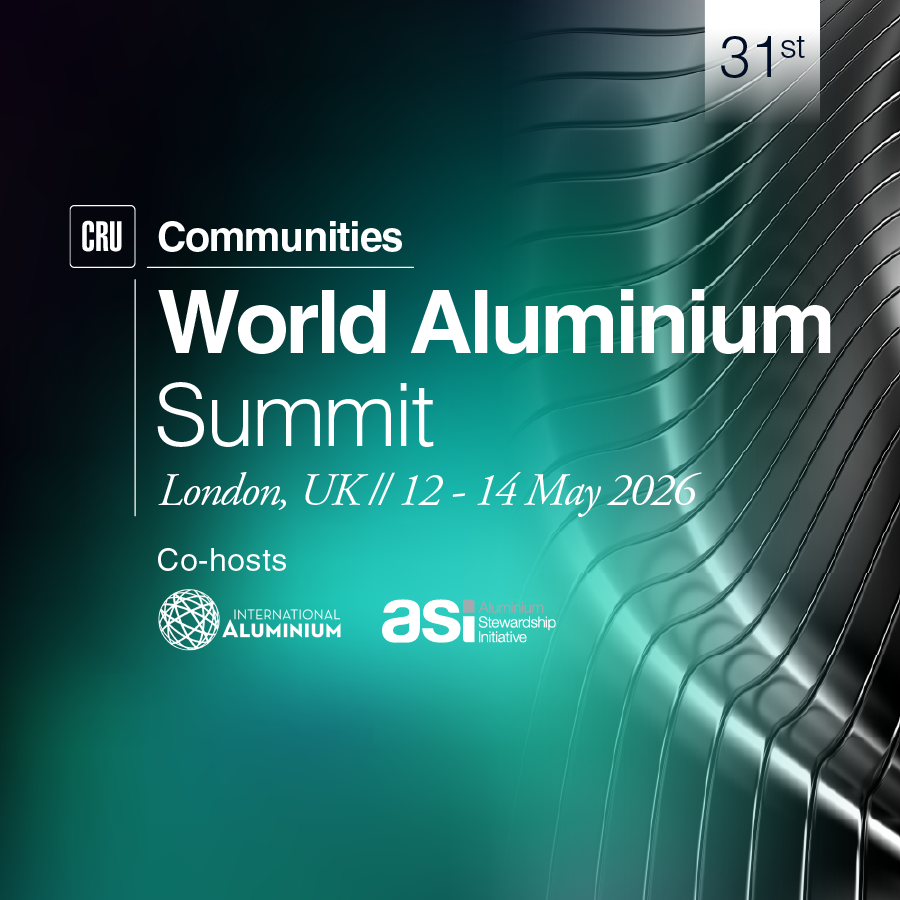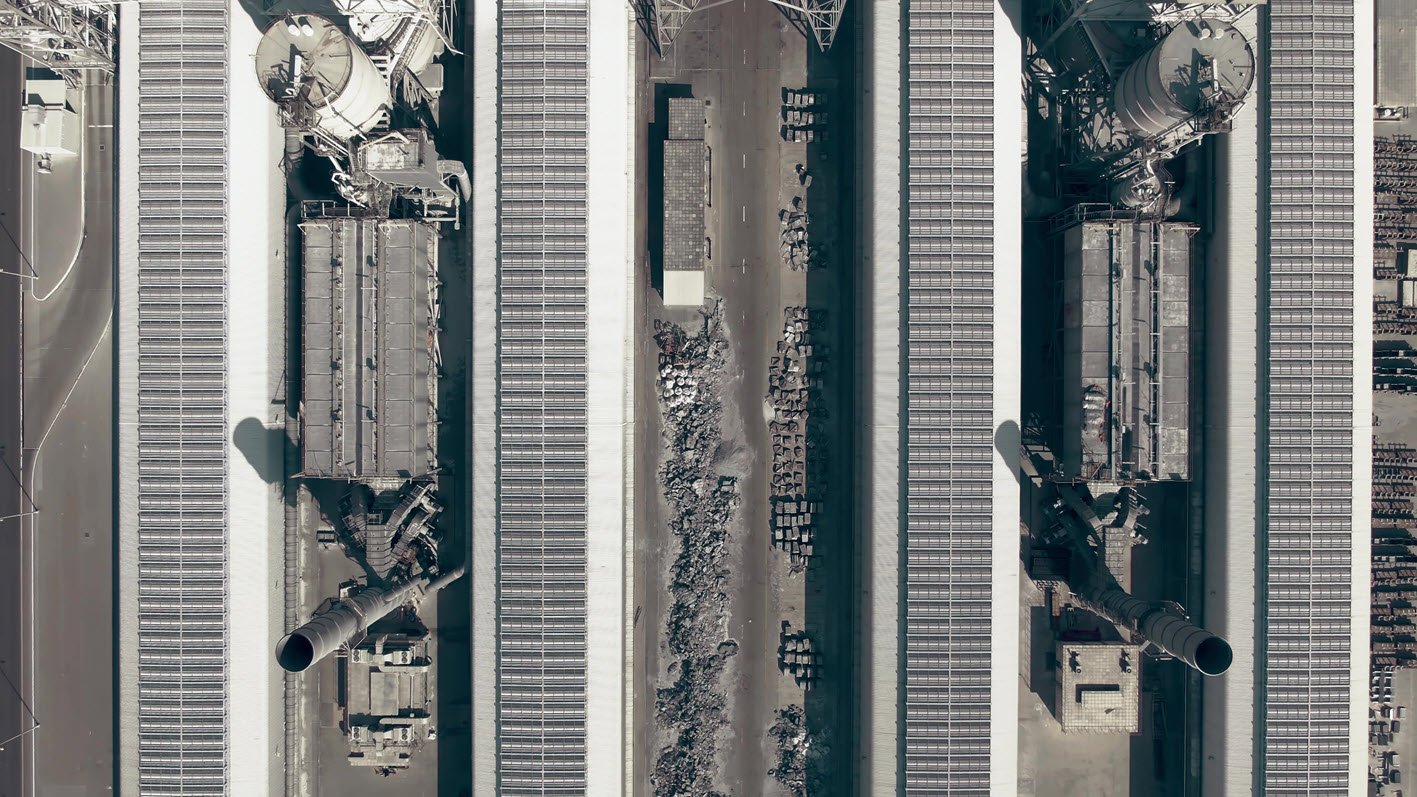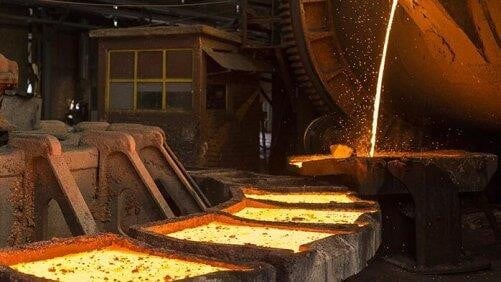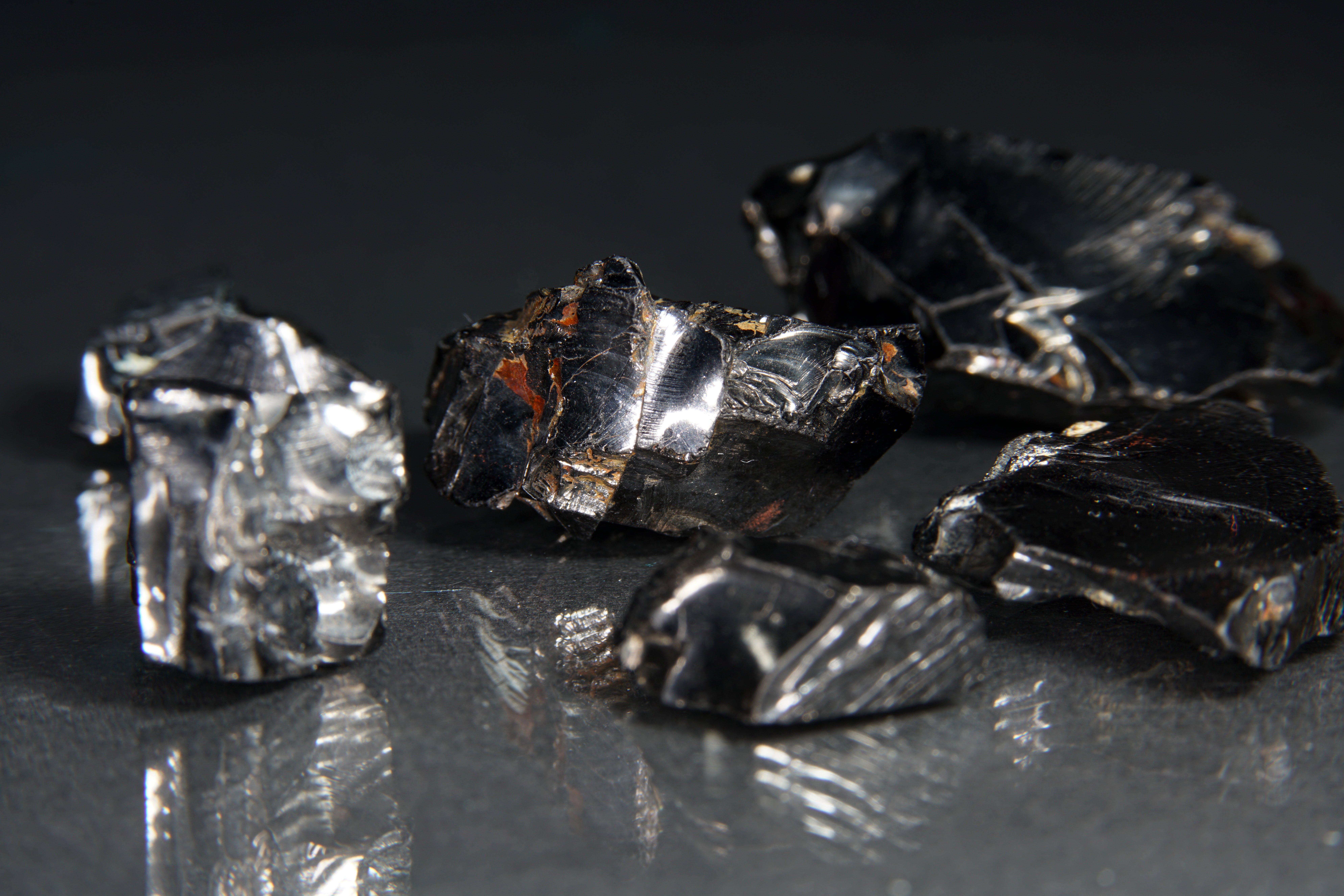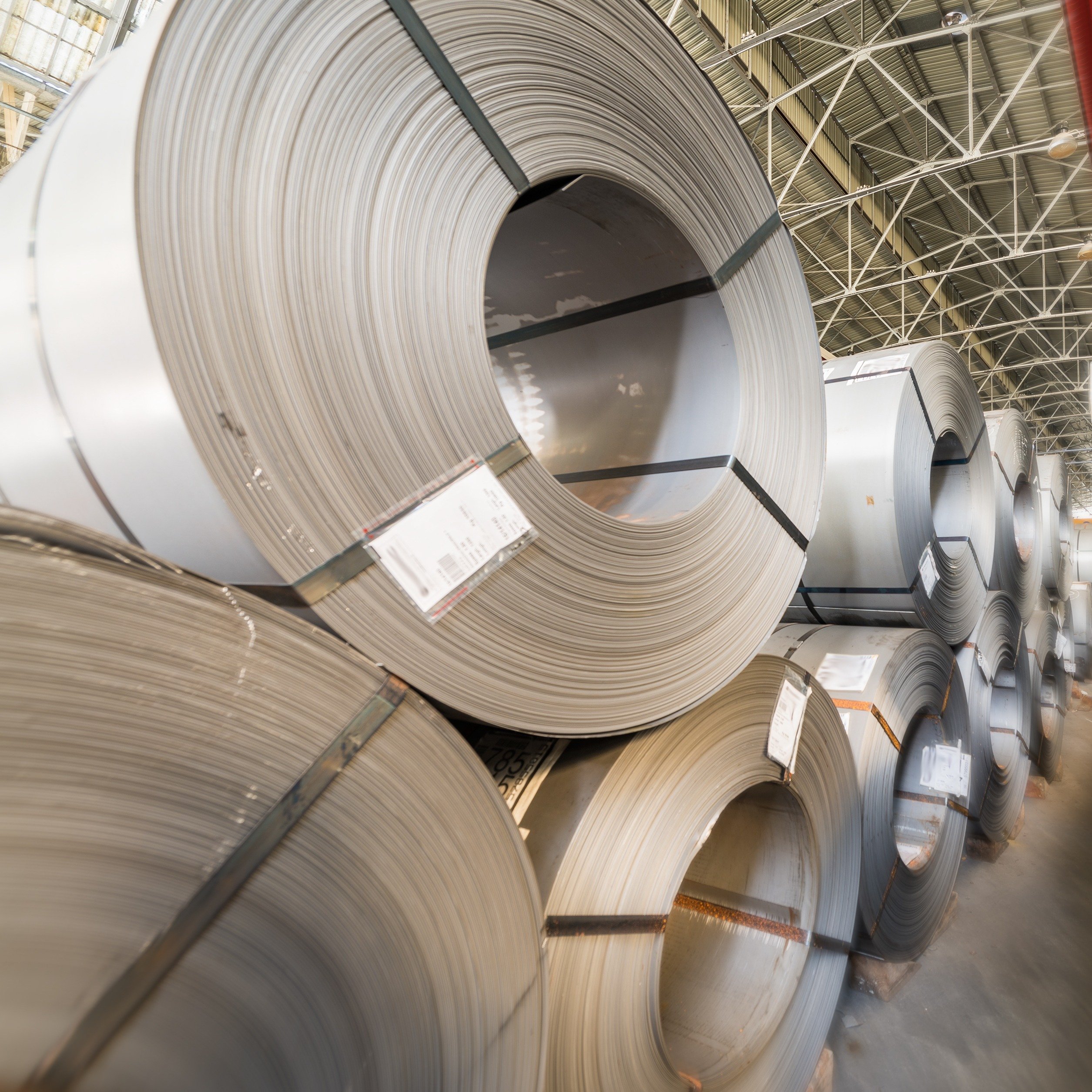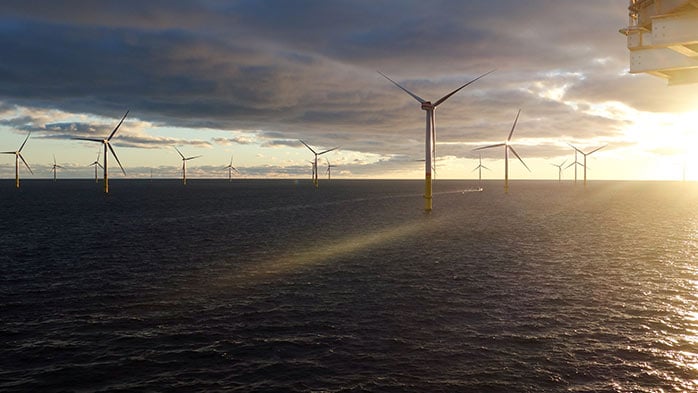UK CBAM Insight series: Part 1
The EU launched its Carbon Border Adjustment Mechanism (CBAM) in 2023 to create a level playing field for emitters, regardless of their location. With the launch, the EU demonstrated that such a policy can be implemented, proving its doubters wrong. Other countries are now exploring similar options, with the UK aiming to launch a similar policy in 2027. This two-part Insight series discusses how a UK CBAM might look like, and what considerations the UK government will have to take into account when designing it. The exact specification will affect traders, including those in the commodity markets.
This Insight assesses the importance of the regions covered by the EU CBAM including the European Union, Switzerland, Iceland, Norway and Liechtenstein as trade partners for the UK and discusses why a UK CBAM is now high on the UK government’s policy agenda. Part 2 of this Insight series will present what we know so far about the UK CBAM and what the government will need to consider when finalising the design of it.
The EU continues to play an important role in UK merchandise trade
UK merchandise trade exports and imports
UK CBAM is about creating a level playing field for emitters based in the UK and those based in other jurisdictions. The composition of trade flows in terms of countries involved and the covered merchandise goods therefore matters.
In 2024, the ten largest export destinations accounted for nearly two thirds of total UK merchandise exports, with the USA being the single largest market, followed by Germany and the Netherlands. In terms of imports, the top ten countries of origin accounted for nearly 70% of total merchandise imports into the UK, with Germany in first position, followed by the USA and China.
The European Union (EU) continues to play an important role in UK merchandise trade. The UK formally left the EU and its Single Market in early 2020. Still, the EU remains by far the largest merchandise trading partner with the UK. In 2024, 48% of all merchandise trade exports went to the EU and 55% of all its merchandise imports originated from the bloc. Adding the non-EU countries participating in CBAM (i.e. Iceland, Norway, Liechtenstein and Switzerland), raises these shares to 51% and 61%, respectively.
The UK has a particularly close trading relationship with EU CBAM countries in commodities
The importance of the EU CBAM countries as a UK trade partner is even more important for the commodity sectors covered by the EU CBAM (electricity is the sixth sector but excluded from this discussion given its unique nature) than for the goods sector more widely.
Almost 60% of aluminium exports are destined for EU CBAM participant countries, while close to 70% of iron, steel, and fertilizer exports, and over 80% of cement and hydrogen exports, are likewise directed to these nations. As a source of imported commodities with two exceptions (cement and hydrogen), EU CBAM countries are even more important. This shows that the UK is highly integrated with EU CBAM countries when it comes to commodity trade.





